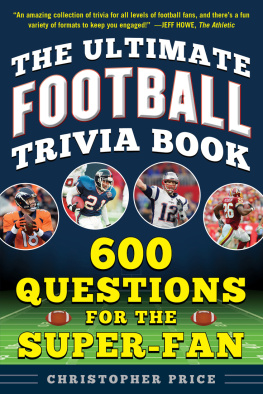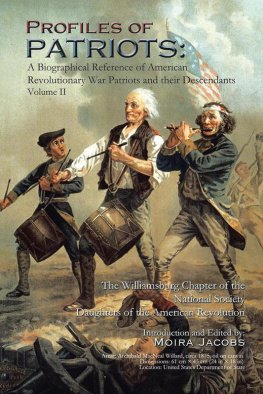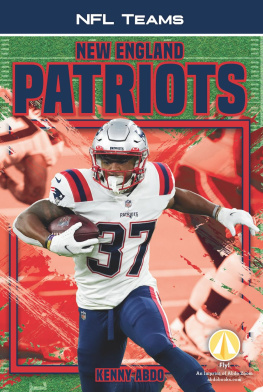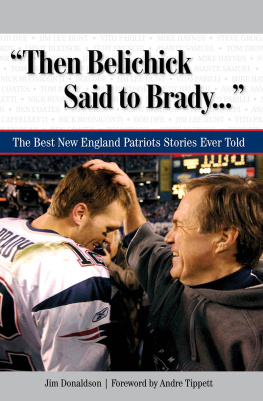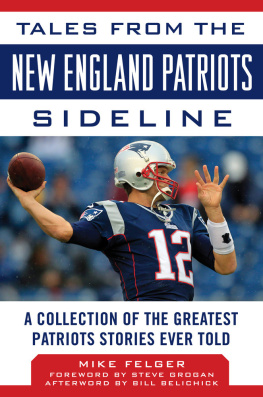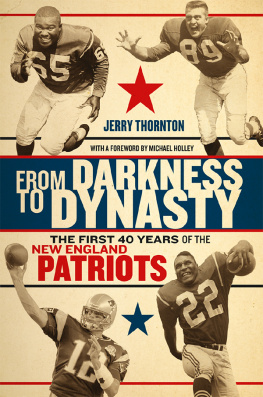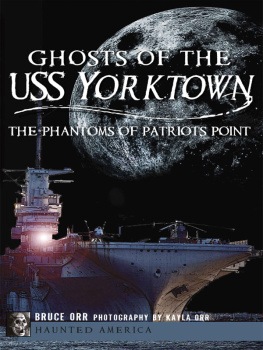


NEW ENGLAND PATRIOTS
The Complete Illustrated History
Christopher Price


First published in 2010 by MVP Books, an imprint of MBI Publishing Company and the Quayside Publishing Group, 400 First Avenue North, Suite 300, Minneapolis, MN 55401 USA
Text copyright 2010 by Christopher Price
All rights reserved. With the exception of quoting brief passages for the purposes of review, no part of this publication may be reproduced without prior written permission from the Publisher.
The information in this book is true and complete to the best of our knowledge. All recommendations are made without any guarantee on the part of the author or Publisher, who also disclaims any liability incurred in connection with the use of this data or specific details.
This publication has not been prepared, approved, or licensed by the New England Patriots or the National Football League.
We recognize, further, that some words, model names, and designations mentioned herein are the property of the trademark holder. We use them for identification purposes only. This is not an official publication.
MVP Books titles are also available at discounts in bulk quantity for industrial or sales-promotional use. For details write to Special Sales Manager at MBI Publishing Company, 400 First Avenue North, Suite 300, Minneapolis, MN 55401 USA.
To find out more about our books, visit us online at www.mvpbooks.com.
Library of Congress Cataloging-in-Publication Data Price, Christopher.
Digital Edition: 9781-6-1060-097-2
Hardcover Edition: 978-0-7603-3851-3
New England Patriots : the complete illustrated history / Christopher Price. p. cm.
Includes index.
ISBN 978-0-7603-3851-3 (hb w/jkt)
1. New England Patriots (Football team)History. 2. New England Patriots (Football team)Pictorial works. I. Title.
GV956.N36P75 2010
796.332640974461--dc22
2010005434
Edited by Josh Leventhal
Designed by Greg Nettles
Design Manager: LeAnn Kuhlmann
Printed in China
On the frontispiece: The Patriots mascot leads the team onto the field before a game at Gillette Stadium, November 2007 (Hunter Martin/Getty Images).
On the title page: Tom Brady looks to pass in a game against the Miami Dolphins, December 2009 (Ronald C. Modra/Sports Imagery/Getty Images).
On this page: Mosi Tatupu runs the ball during the divisional playoffs against the Los Angeles Raiders, January 1986. (Rob Brown/NFL/Getty Images).
On the back cover: Tedy Bruschi, October 2004 (Jim Rogash/NFL/Getty Images); Asante Samuel, Rodney Harrison, and Mike Vrabel during Super Bowl XXXIX (Brian Bahr/Getty Images); Gino Cappelletti, 1962 (Walter Iooss Jr./Sports Illustrated/Getty Images); John Hannah, 1983 (Andrew D. Bernstein/Getty Images); Patriots fans during AFC Wild Card Game, January 2007 (Al Messerschmidt/Getty Images); Randy Moss, November 2008 (Jim Rogash/Getty Images); Steve Grogan, December 1987 (Mark Lennihan/AP Images); Stanley Morgan, 1986 (John Sandhaus/NFL/Getty Images); Andre Tippett, September 1992 (Allen Dean Steele/NFL/Getty Images).
For my family, which always provides the best home-field advantage.
CONTENTS
INTRODUCTION

Veteran quarterback Babe Parilli helped bring credibility to the young Patriots franchise, and he helped steer the team to the AFL Championship Game in just its fourth year of existence.Tony Tomsic/NFL/Getty Images
For most of the first 40 or so years of their incarnation, the Patriots were the fourth team in a four-team town. They were the Rodney Dangerfield of the Boston sports scene, an afterthought behind championship contenders like the Red Sox and Celtics, and a second cousin to Bostons beloved Bruins.
A stadium to call their own? Not for the first 11 years of their existence. Decades between plus-.500 appearances. Hall of Famers were mostly a rumor. Playoff games? That was something that took place in other NFL cities. Instead, the Patriots were consigned to second-class status.
There were occasional signs of life. The franchise enjoyed brief stretches of success in the middle of the 1970s, 1980s, and 1990s, even making it to a pair of Super Bowls along the way. They had a string of talented players, many of whom would go on to become consistent Pro Bowlers.
But each time it looked like the Patriots were about to break through and achieve real sustained success, they would go on to suffer one ignominious letdown after another. In just their fourth year of existence, they reached the 1963 AFL Championship Game, only to be humiliated on the national stage by the San Diego Chargers. The loss, and the discord within the organization in the years following, sent the franchise reeling. The Patriots wouldnt make the postseason for the next 12 years. They came within one game of making it to the AFC championship in 1976, only to miss out due to a lousy call in the game against the Oakland Raiders. The fallout from that game would come two years later, when the coach and owner suffered an acrimonious breakup.

When New England did finally break through for its first Super Bowl appearance in 1986, the Patriots suffered the worst defeat in Super Bowl historyand it was followed by a drug scandal that rocked the team to the core. When the Patriots got back to the Super Bowl 11 years later, the internal soap opera of a coach-versus-owner feud overshadowed any success the franchise achieved.
But the franchise that never seemed to get it right finally righted the ship in the early years of the twenty-first century. After a power struggle with Bill Parcells in the mid-1990s, owner Robert Kraft installed Bill Belichick as his head coach and then stepped back and gave his personnel department free reign to run the franchise as it saw fit. As a result, the Patriotswho had been dogged by horrible drafts, questionable coaching decisions, and flat-out bad lucksaw their fortunes start to turn in 2000.
One four-month stretch completely changed the franchise. First, Belichick was hired by Kraft. Second, Belichick brought Scott Pioli into the mix as general manager. A formidable tandem, the two overhauled the front office and rewrote the teams mission statement to read, in part, We are building a big, strong, fast, smart, tough, and disciplined football team that consistently competes for championships.
Third, in the spring of 2000 the Patriots selected quarterback Tom Brady in the sixth round of the NFL Draft. A relatively quiet selectionnot one reporter quizzed Belichick about the pick of the lanky signal-caller in his post-draft press conferenceit soon became clear that New England might have a unique player on its hands, as evidenced by Krafts first encounter with his new quarterback.
Next page

